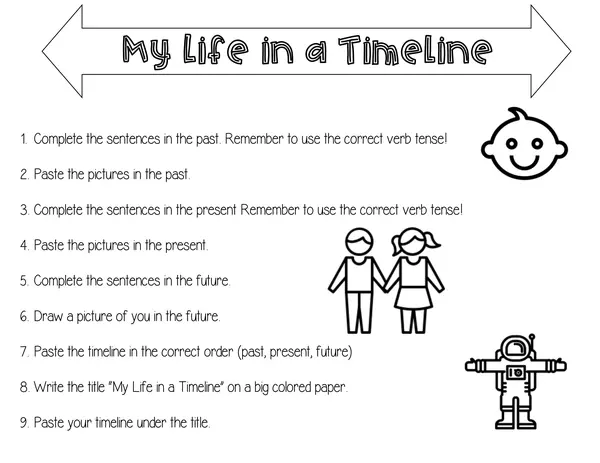
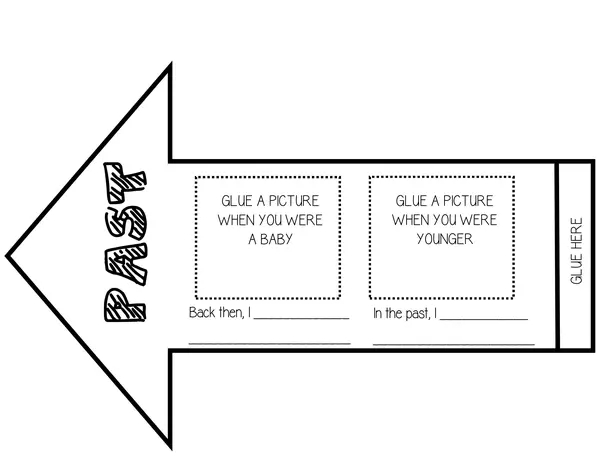
| Resource type | Assessment |
| Recommended age | 7 - 8 years |
| File information | pdf, 5 pages, 203 KB |
At the end of the semester, have students work on a timeline about their own lives. They will need to apply past, present and future to their real life (what they did/liked/disliked/etc. in the past, what they do/like/dislike/etc. in the present, and what they want to do in the future). They will also have to build the timeline correctly, colour it, paste pictures, make drawings, etc. and finally they will present it to their classmates.
This is a good way to engage students by relating what they have learnt to real situations, it is an activity that they enjoy a lot while working on it. They also enjoy a lot telling their classmates and teacher about themselves.
An evaluation guideline is included at the end of the document.
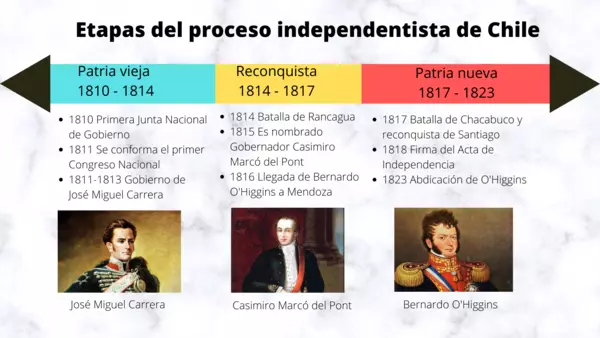_20220527_231448_0001.png)

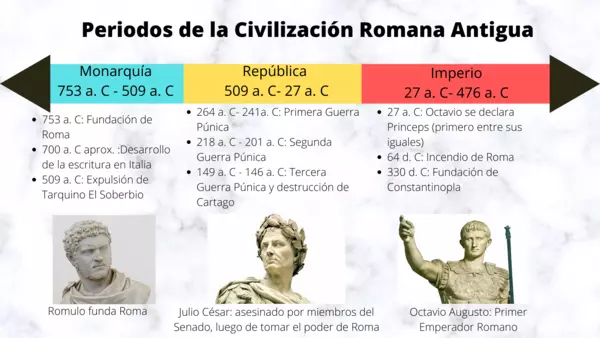
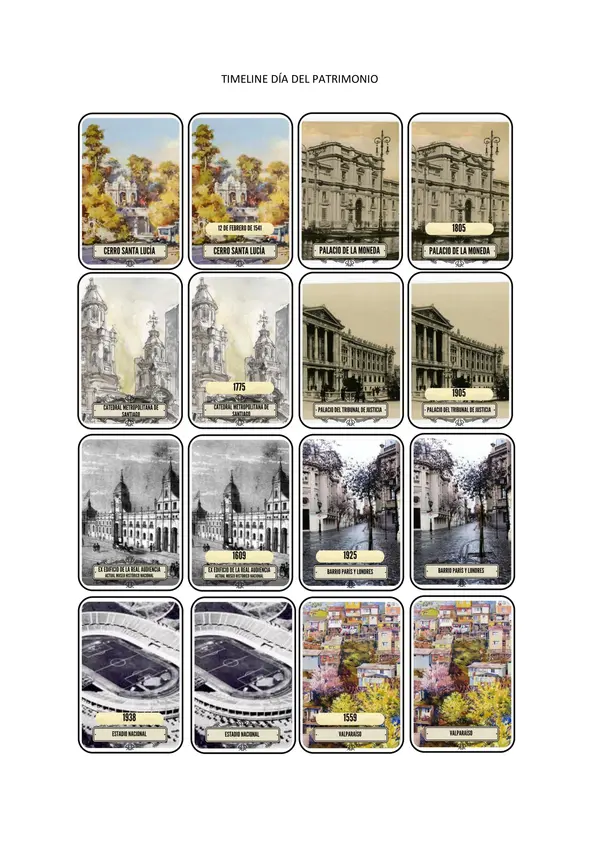
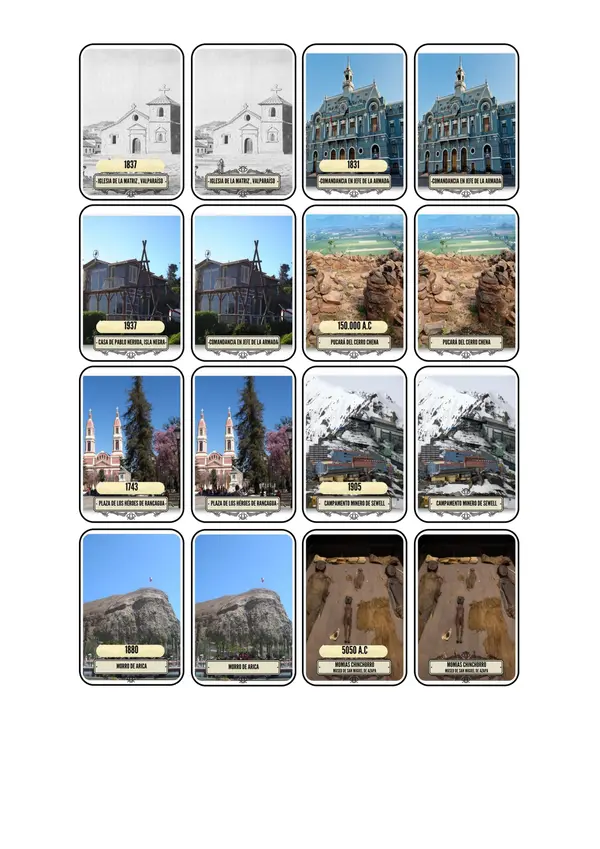
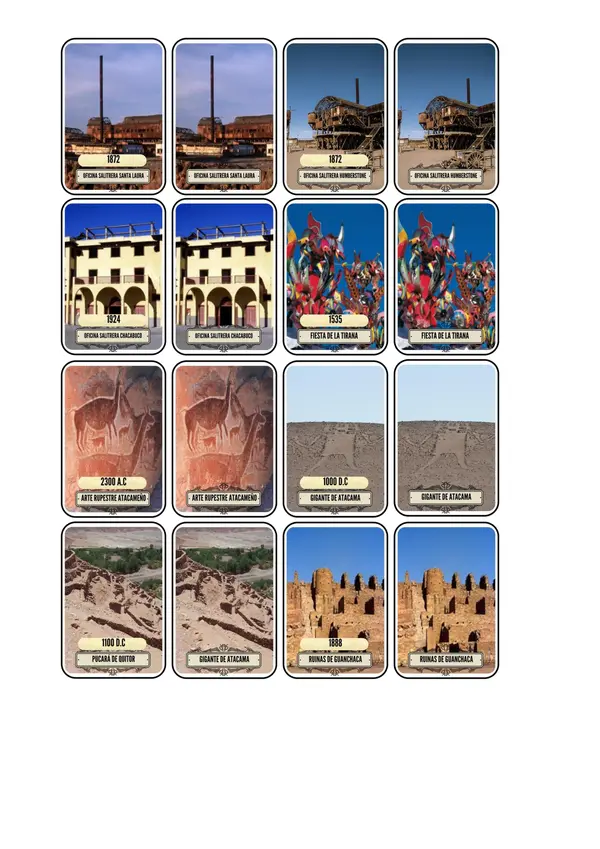
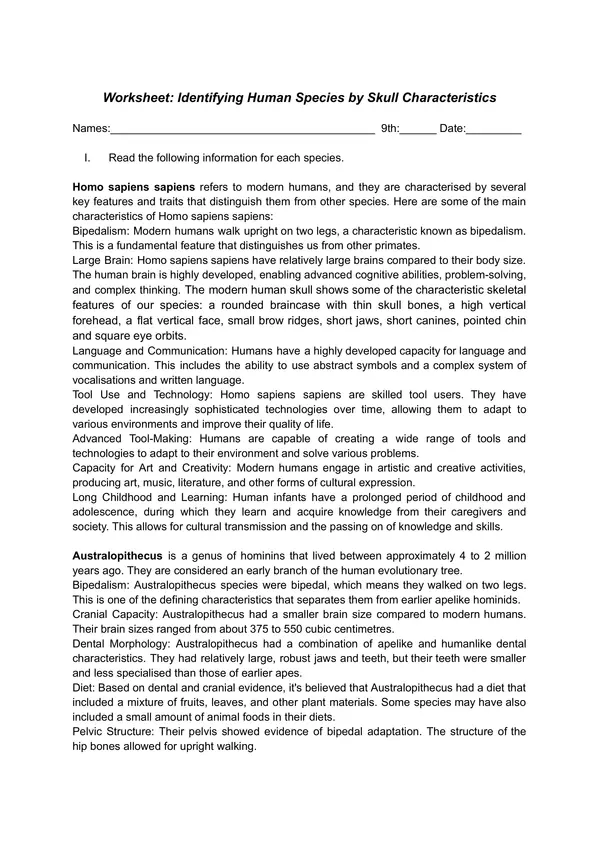
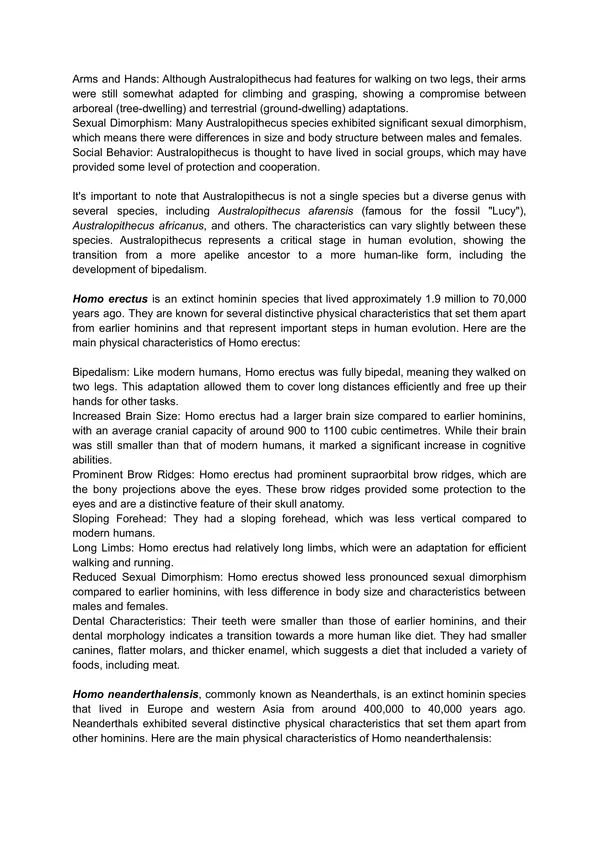
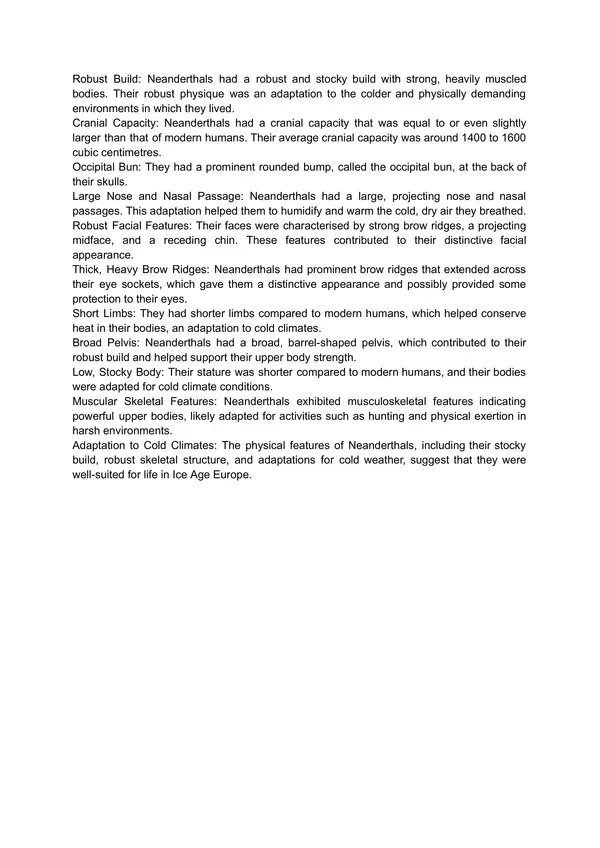
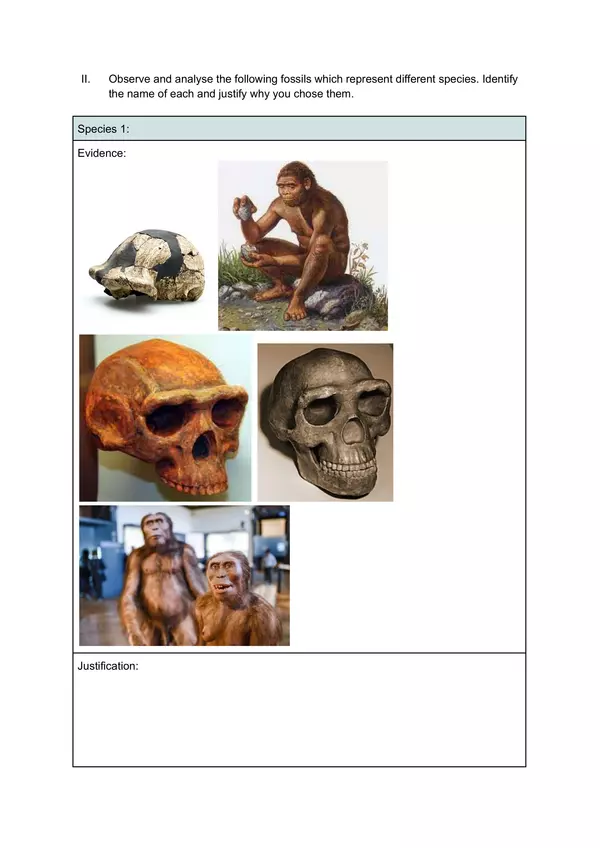
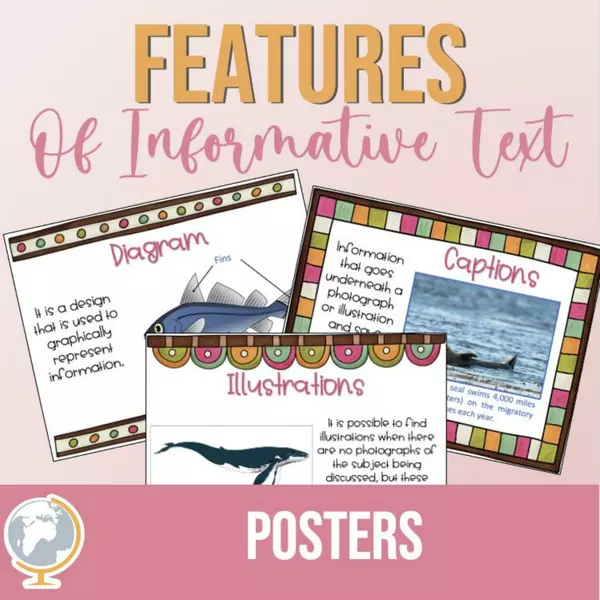

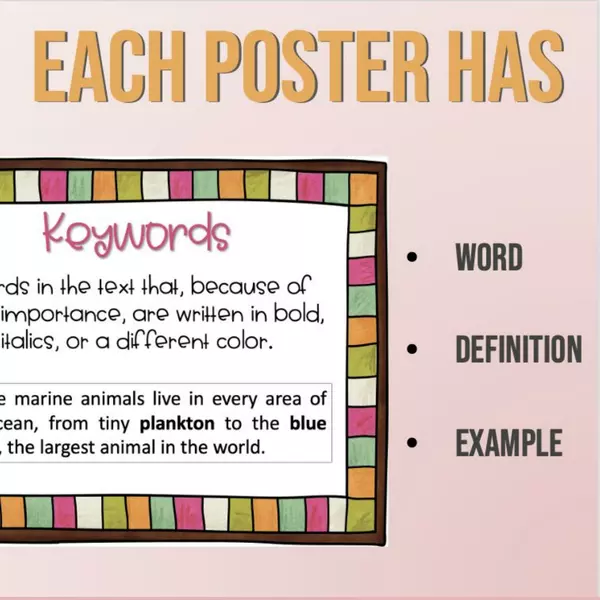
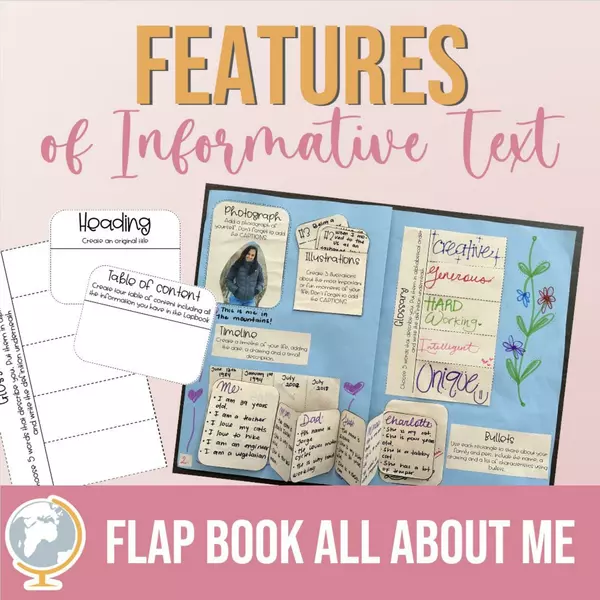
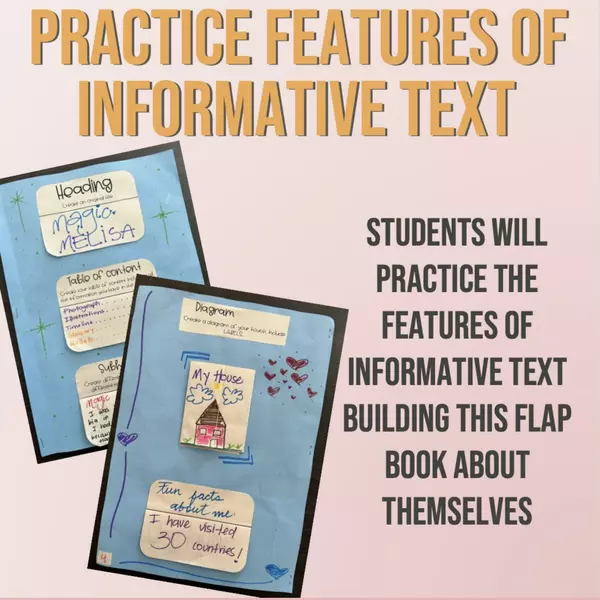
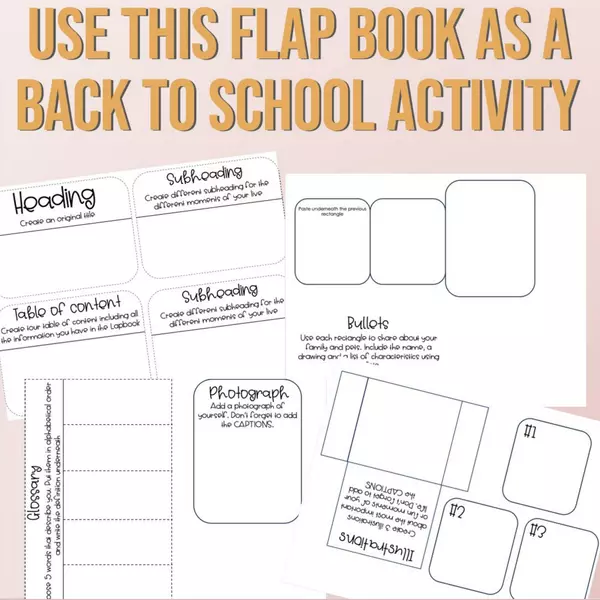
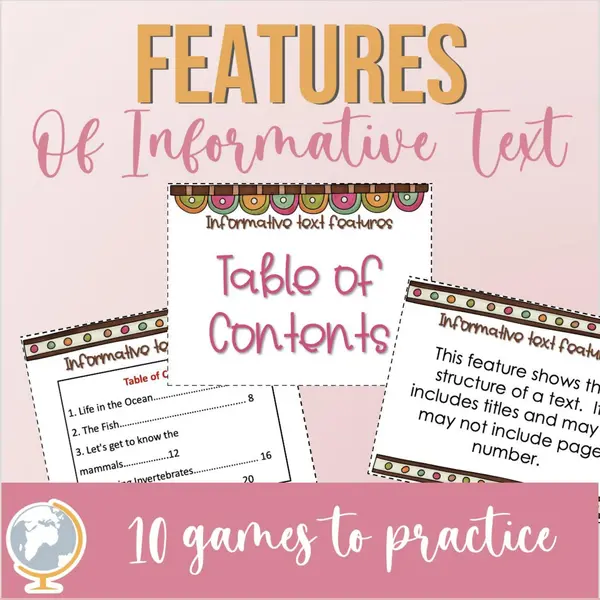
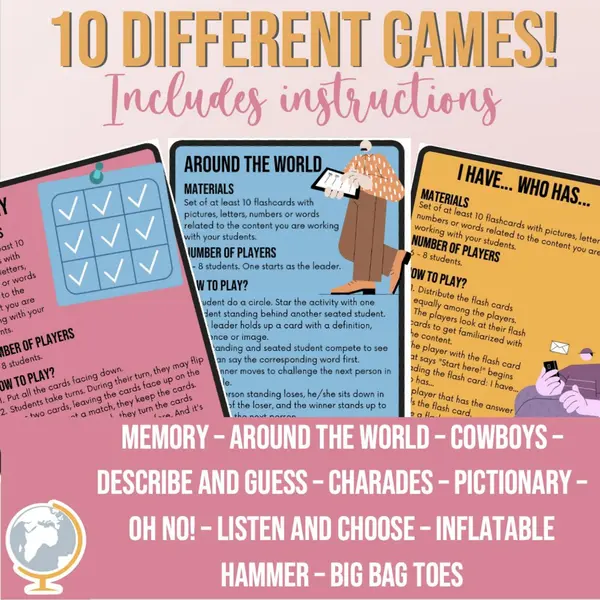
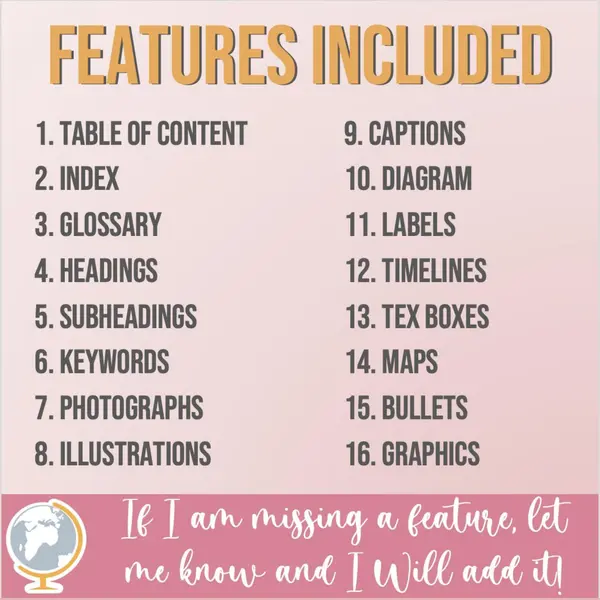
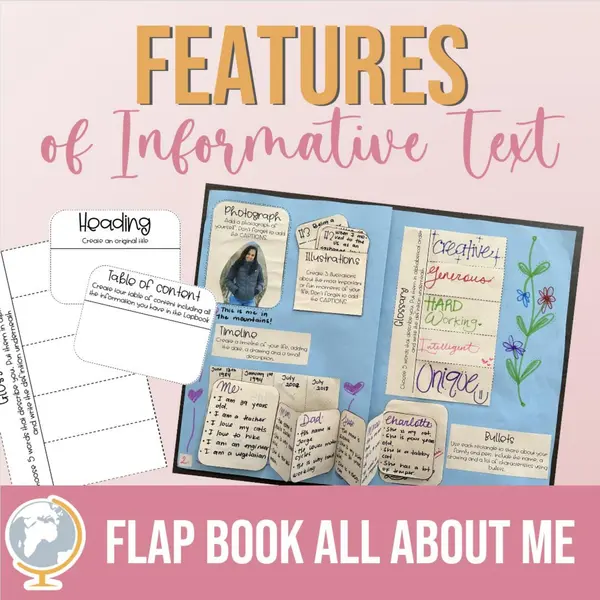
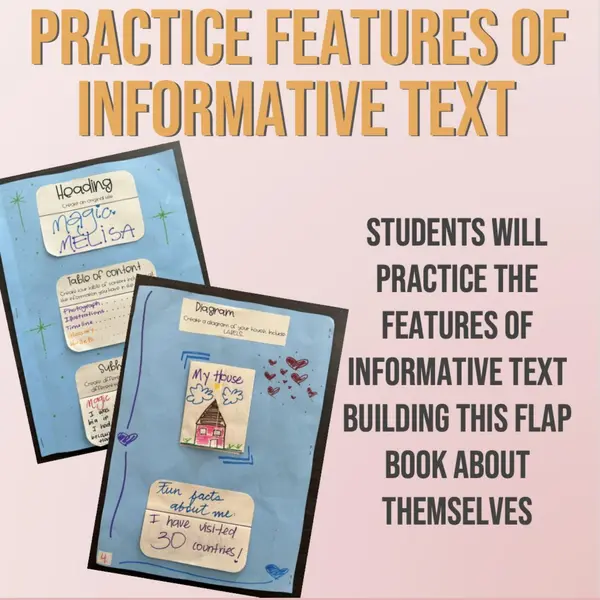
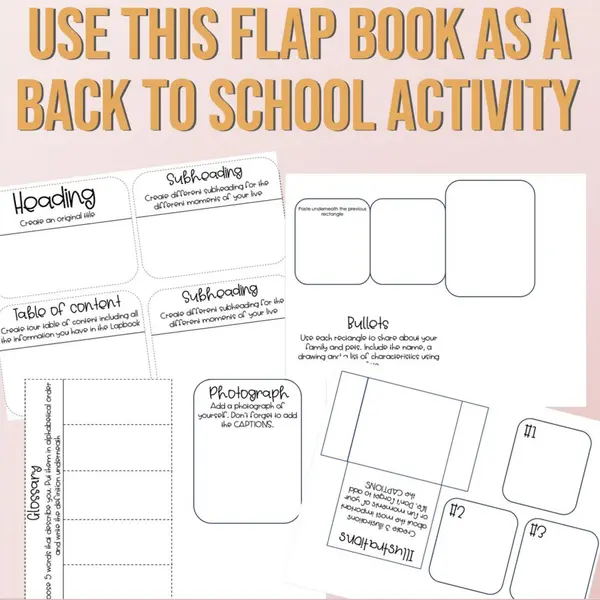
There are no comments yet, write one yourself!